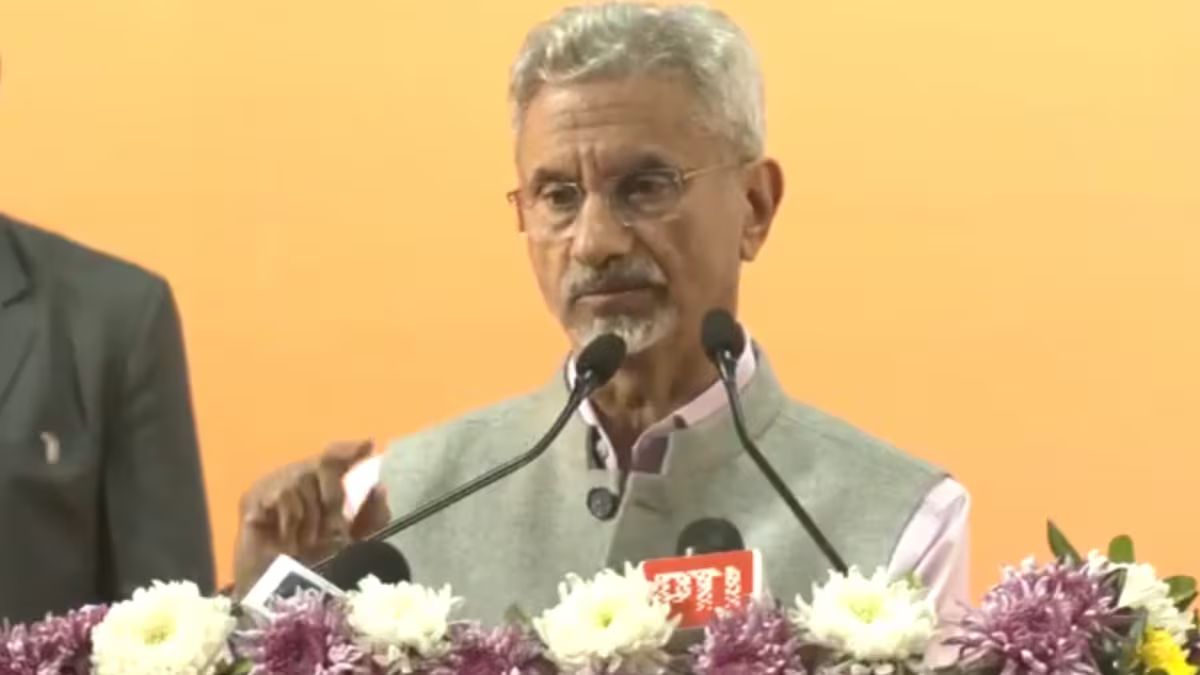The complex molecular structure of spider silk has been successfully copied as scientists spin silk from an artificial gland that mimics nature’s process of producing one of the world’s toughest fibers. Scientists believe this breakthrough is a huge step towards finally being able to produce the highly adaptable and sought-after material that has widespread real-world uses.
Researchers from Japan’s RIKEN Center for Sustainable Resource Science andf RIKEN Cluster for Pioneering Research achieved the feat by taking a new approach, constructing an artificial silk gland designed to mirror the physical and chemical changes that occur in the spider’s one. And it wasn’t easy.
The difficulty in replicating these complex biological processes has made creating artificial spider silk extremely challenging. The biopolymer fiber is made up of large proteins with highly repetitive sequences called spidroins. Beta sheets, molecular substructures within the silk fibers, must then be aligned to give the silk its impressive characteristics.
On top of this, the artificial gland required precise microfluidic mechanisms for the proteins to self-assemble into silk fibers that not just looked but behaved like the real thing.
“In this study, we attempted to mimic natural spider silk production using microfluidics, which involves the flow and manipulation of small amounts of fluids through narrow channels,” said Keiji Numata, who led the research at RIKEN. “Indeed, one could say that the spider’s silk gland functions as a sort of natural microfluidic device.”
The artificial gland, which resembles a nondescript rectangular box with indented channels running along the length of it, was the result of much trial and error in creating the right environment for the complex processes to function as in nature. One of those errors had been using force to push the proteins through the microfluidic system; it called for negative pressure to pull the spidroin solution through the device.
However, once the team was over this hurdle, they were able to make continuous silk fibers with beta sheets aligned, giving the material its nature-like characteristics.
“It was surprising how robust the microfluidic system was, once the different conditions were established and optimized,” said senior scientist Ali Malay, study co-author. “Fiber assembly was spontaneous, extremely rapid, and highly reproducible. Importantly, the fibers exhibited the distinct hierarchical structure that is found in natural silk fiber.”
“Highly reproducible” is a crucial attribute; successful replications have had scalability issues, and farming spiders is all but impossible for logistical and biological reasons. Producing silk inexpensively and efficiently could revolutionize an environmentally damaging textiles industry, and its biocompatibility makes it an ideal candidate for diverse medical uses, including sutures, artificial ligaments and connective surgeries.
“Ideally, we want to have a real-world impact,” says Numata. “For this to occur, we will need to scale up our fiber-production methodology and make it a continuous process. We will also evaluate the quality of our artificial spider silk using several metrics and make further improvements from there.”
The study was published in the journal Nature Communications.
Source: RIKEN Center for Sustainable Resource Science via phys.org






